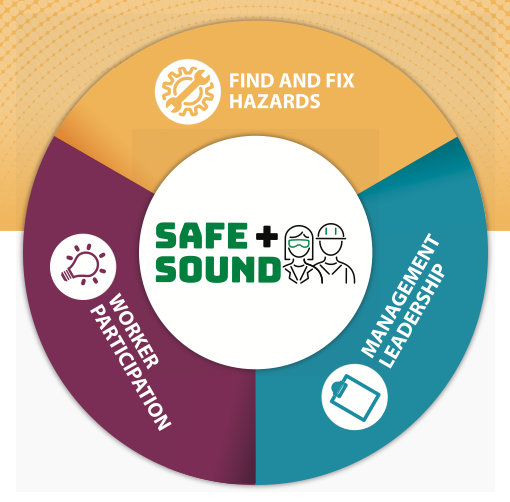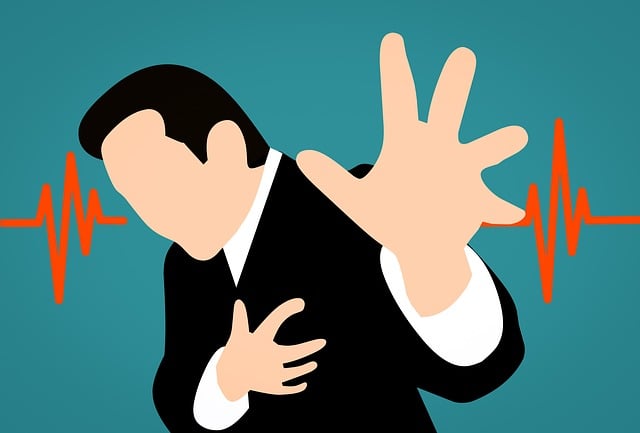
Ensuring a safe workplace is crucial for the well-being of employees. One way to do this is through the process of finding and fixing hazards. Here are three tips for making this process as effective as possible:
Involve workers: Your workers are the ones who know their jobs the best, so it’s important to involve them in the hazard identification process. Ask for input from workers in all areas, shifts, locations, and departments. They can provide valuable insights on potential hazards and how to best communicate about them to their colleagues.
Be prepared to act: If a serious or immediate hazard is identified during the evaluation process, it’s important to be ready to take action. This may involve eliminating the system or process that is causing the hazard, or installing temporary controls while a more permanent solution is found.
Stay current: To stay up-to-date on the latest hazard control measures, consult a variety of sources such as OSHA standards, industry consensus standards, industry lists of hazards and control measures, trade association reports, and equipment and tool vendors. By staying current, you can identify and address potential hazards more effectively.
By following these tips, you can ensure that your find and fix hazards process is as effective as possible in keeping your workplace safe for your employees.


